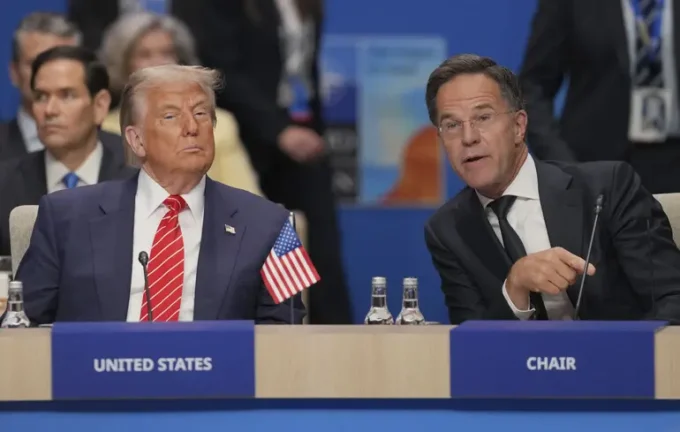The Support Race for Ukraine: U.S. Flexibility Expectations Amidst Military Aid and Strategic Challenges

The ongoing tension surrounding U.S. support for Ukraine remains at the forefront of international security discussions and geopolitical debates. NATO Secretary General, Jens Stoltenberg, expressed hope that the United States would demonstrate flexibility in providing military assistance to Ukraine, especially at a critical juncture when Washington unexpectedly suspended some arms supplies. According to NATO’s chief, any reduction in U.S. stockpiles could negatively impact the collective defense of allied nations. Stoltenberg emphasized the need to balance maintaining sufficient U.S. military reserves with the desire to support Ukraine in its fight for sovereignty. This complex situation was highlighted recently when the Pentagon announced a temporary halt in missile and air defense system deliveries to Ukraine. The pause was driven by a reassessment of U.S. stockpiles amid concerns over the capacity to respond to potential future threats. This decision coincided with a sharp escalation of Russian airstrikes on Ukrainian cities, especially Kyiv, underscoring the urgent necessity of strengthening Ukraine’s air defense capabilities. Meanwhile, Ukrainian President Volodymyr Zelensky conducted a phone call with U.S. President Donald Trump, urging him to renew and increase military aid. Trump recently expressed frustration over the lack of progress in negotiations with Russia, which complicates prospects for a swift resolution to the conflict. Furthermore, Stoltenberg reinforced that NATO allies must ensure that Ukraine has everything necessary to sustain its defense efforts. Following the appointment of a new U.S. European Command commander, Air Force General Alexus G. Grynkiewicz, discussions took place at NATO’s strategic headquarters in Mons, Belgium. Grynkiewicz promised to review U.S. military presence in Europe within the first 90 days, potentially leading to significant changes in troop deployments. This development raises concerns among NATO allies, who remain uncertain about possible reductions in U.S. military forces amid ongoing support for Ukraine and regional stability efforts.

